Wanna join the team?
If you’re interested in selling your spoon blanks or spoon carving tools or just to share your spoon carving adventures via our blog feel free to apply.

Let me guess, you’ve bought a Mora 106 and it keeps falling out of the crappy plastic sheath it comes with? Or perhaps you just think these bark sheaths look amazing and want to make your own? Either way, you’ll be pleased to know they’re easy to make and more importantly, you’ll learn lots in the process!
This guide assumes you already have the bark or other materials you are going to use to make the sheath. I will be publishing another ‘how-to’ guide for harvesting bark soon if you don’t.Remember, whilst these sheaths look brilliant and are extremely durable when made from bark, if you don’t have access to bark for any reason you could always use a combination of cardboard, leather strips or anything else you might have that’s similar.
*A bodkin is essentially a tool to help insert a weaver into its place. I use a very thin, old metal spoon handle. Any narrow piece of metal will do as long as it’s not sharp!
Before you begin weaving, get all your materials ready. First, you’ll need to cut a strip of bark to size. The Mora 106 has a blade length of 82mm, to figure out the right size bark strip I round this length to 90mm, and multiply by 4 – Giving me a strip 360mm long.
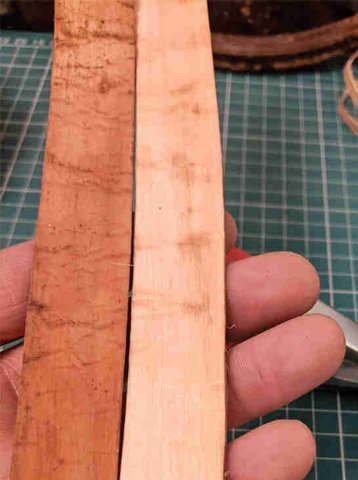
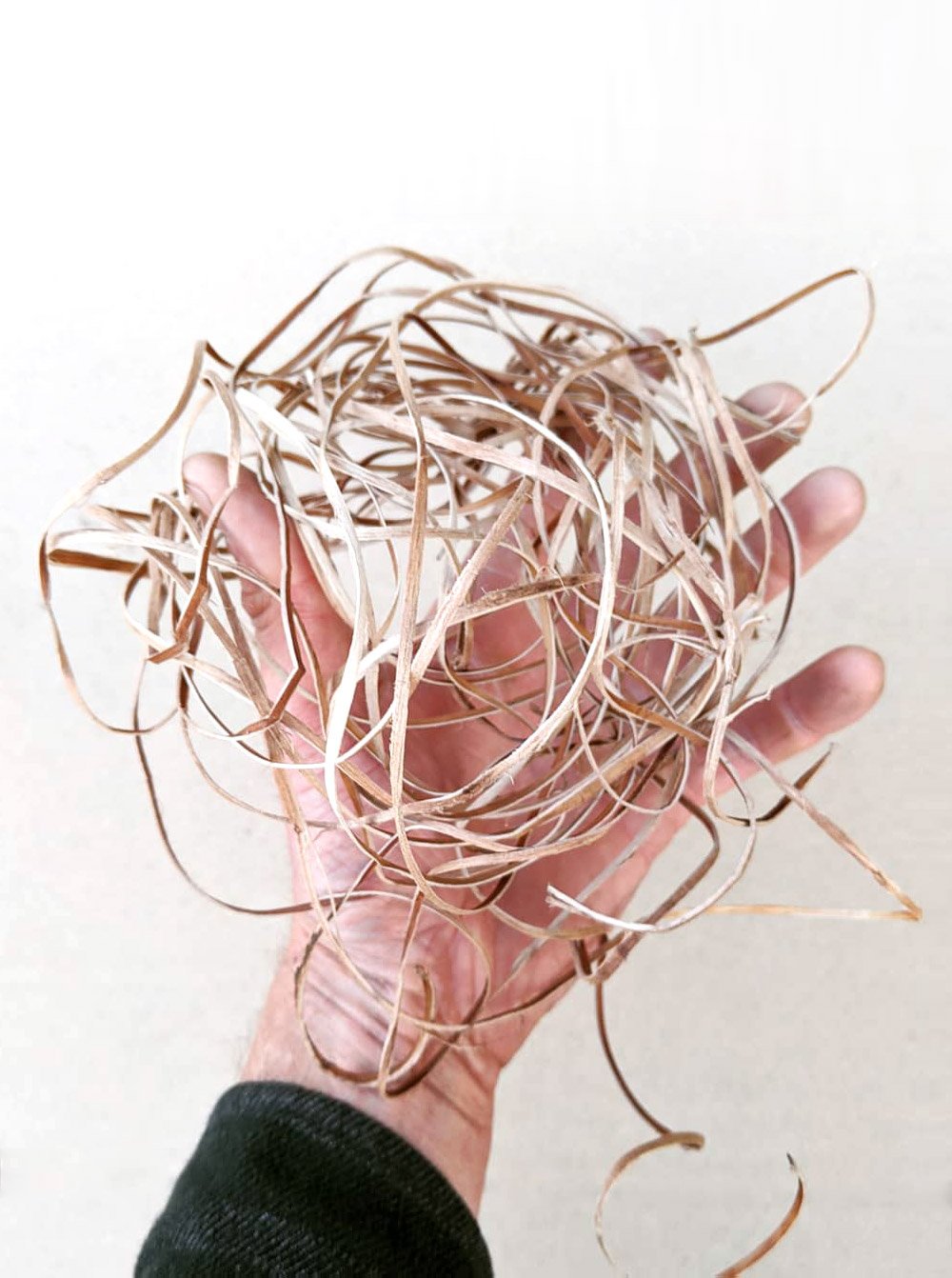
Next you’ll need the weaving strip. The narrower this strip is, the more wraps you’ll need and thus the longer it will have to be.I’d recommend a weaving strip of approx 5mm wide, and no more than 3mm thick, though obviously use what you have! The length you’ll need will depend on the size of the sheath. You can always wrap it around the sheath all the way along to check how much you’ll need before beginning.
Right, to begin take your bark sheath strip and fold it exactly in half. Rub down along the fold to create a crease. Open it back out, then fold each half back in again towards the crease you just made. Now fold these two sides back in again towards the first crease.
If done correctly you should have a strip of bark slightly longer than your knife blade, folded up into four layers. One end should be the ‘open’ end of the sheath, the other folded end should be the ‘closed’ end.
Sit it against your knife blade to check sizes.
Now to begin weaving. Take one end of your weaving strip and, starting at the ‘open’ end of the sheath, slide the weaver in between the outside layer and the inside layer of bark. Continue round the sheath and thread the weaver in between the same two layers on the other side of the sheath. Pull tight without pulling the first end out, and now bring it between the first two layers and on top of itself where you began. Pull through, tighten, and this creates the first wrap, which should now be ‘locked’ in place.
If you’ve done this correctly the weaver should not be visible except on the edges, as it should have gone ‘inside’ the internal layer of the sheath all the way round.
Next we wrap the weaver around the outside of the sheath, completing a full wrap, creating the first exterior, visible wrap. Then we do another wrap like the first, going ‘inside’ that sheath layer we created when we folded the bark at the beginning.
We simply continue wrapping the weaver around the length of the sheath, alternating with a complete outside wrap, followed by an ‘internal’ wrap all the way along.
Make sure you pull the weaver nice and tight after each ‘half’ wrap. Check your progress as you go as it’s easy to get confused. Check the evenness of the wraps also. You can aim for a slightly angled weave, or with more care a weave that runs perpendicular to the sheath edges.
If you’ve only got short sections of weaving strip which won’t do the whole sheath in one go, you can join the next piece on fairly easily.
When you’re coming to the end of the weaver and you realise you need to join another piece on, remember you must create the join at the point at which you are on an ‘internal’ wrap. Continue weaving until you get to the point where you’ve just finished and external wrap. Carry on round doing the next internal wrap, however this time cut the weaver of neatly with the edge of the sheath after completing the first internal wrap.
Get the next weaver piece, thread it into the last internal wrap and on top of the end of the previous weaver. Continue weaving round and inside the next internal layer, once you’ve gone another full wrap on the outside and back inside again it should be locked nicely in place.
As you reach the closed end of the sheath things become a little tricker as its harder to get the weaver through the sheath, this is where the narrow bodkin comes in handy. The last and final wraps will need to be ‘internal’ wraps to lock everything off, and where these end up is down to a bit of luck. You could work it out before you start, but that seems like a bit too much mathematical calculations to me!
To finish off, complete the last two internal wraps and trim the end of the weaver flush with the side of the sheath. These last two wraps should be tight enough to hold everything in place without coming loose.
Now it’s time to check the fit. If made correctly these should be very tight on the knife blade. I recommend oiling the knife before inserting it for the first time, this will help it glide into place and also leave some oil behind on the inside of the sheath, providing some protection and durability every time you put your knife away!
Thanks for reading!
Jack’s woven bark sheaths are available here. Follow Jack’s work on Instagram at @fazeywoodcraft.
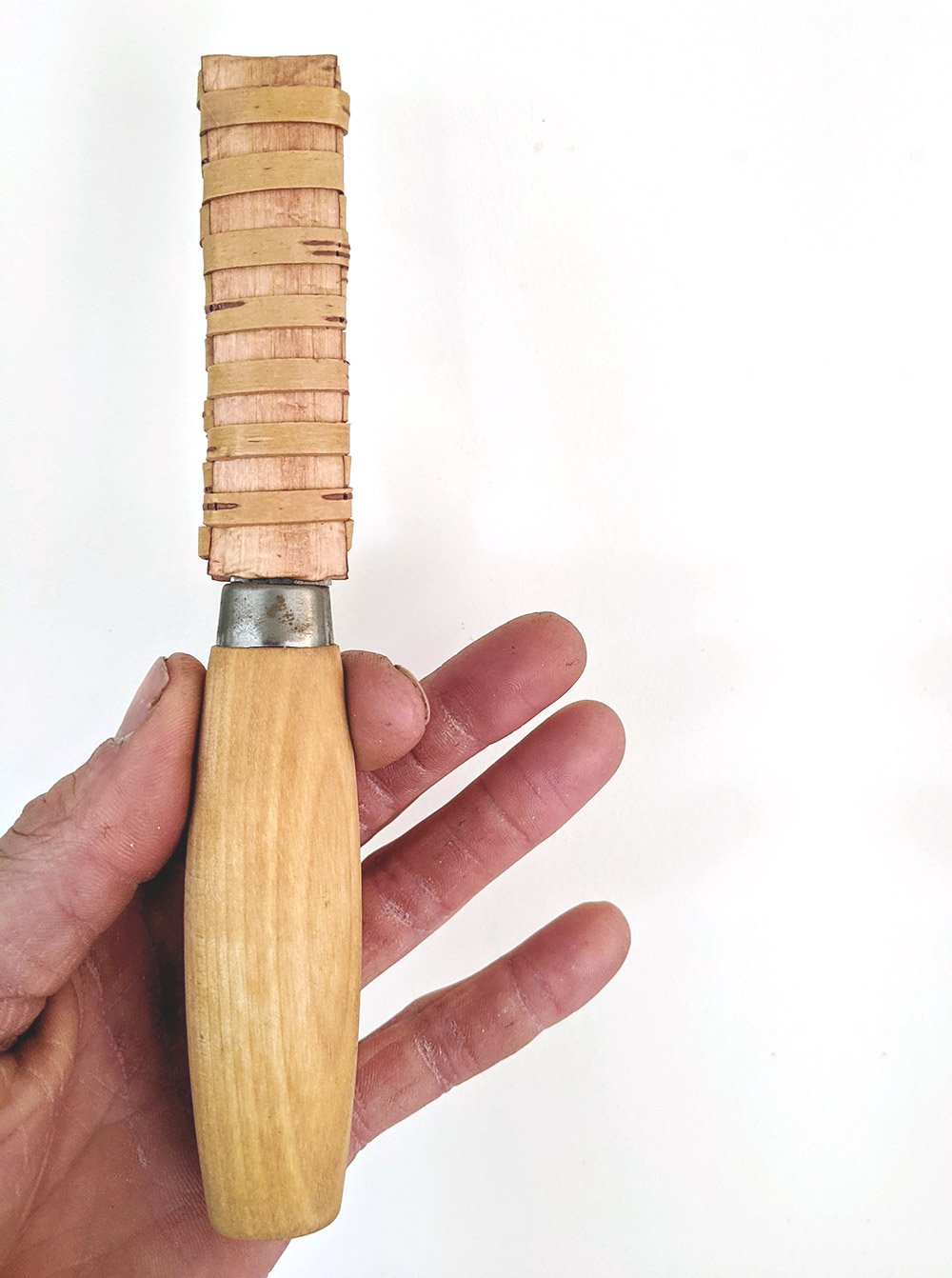
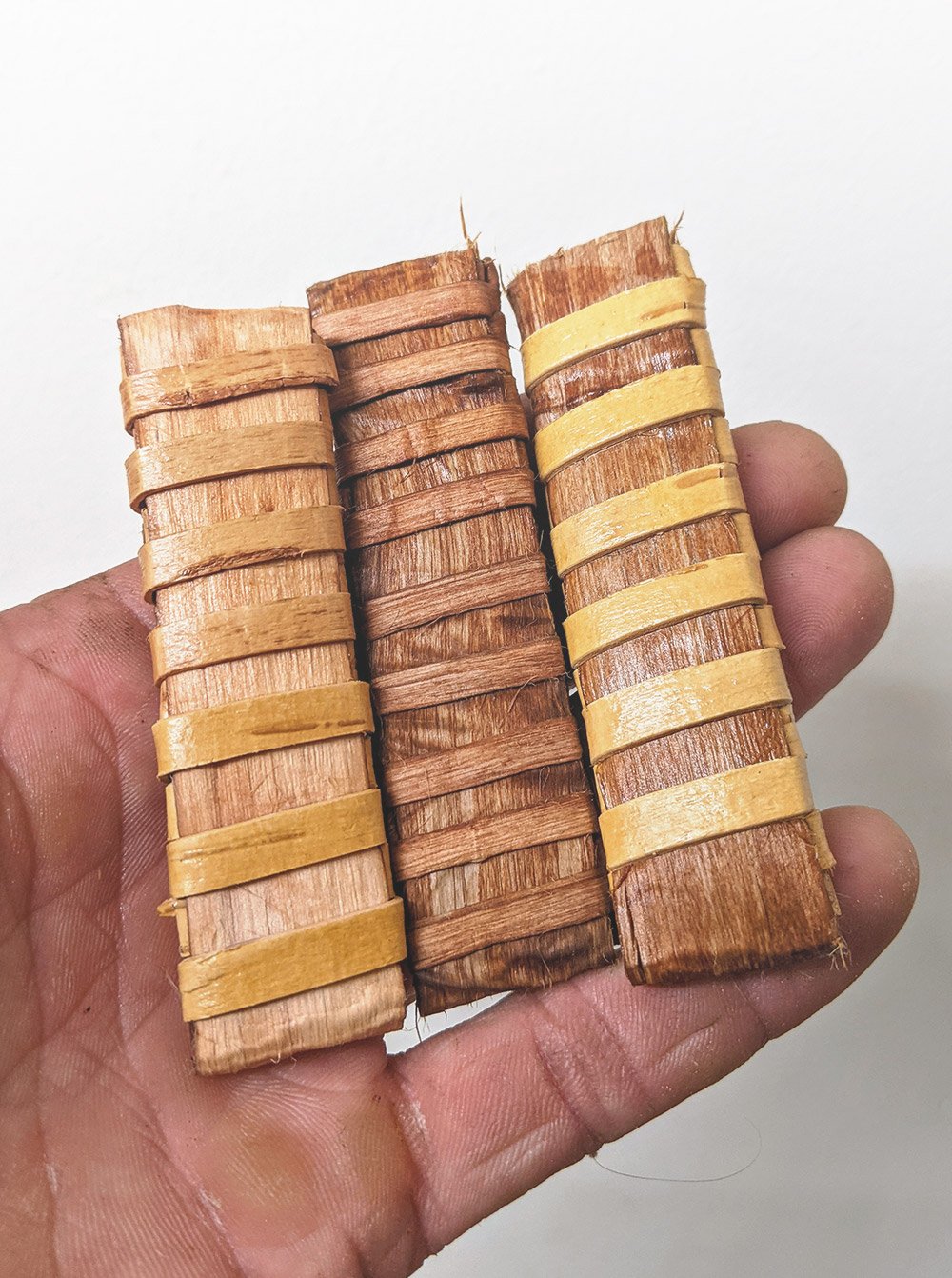

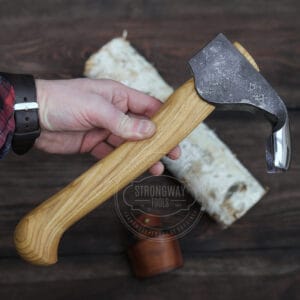
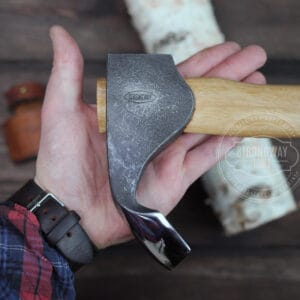
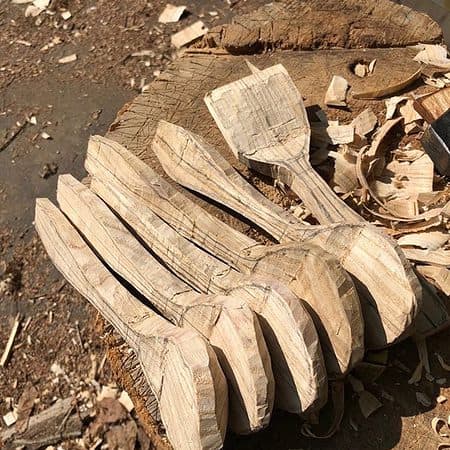
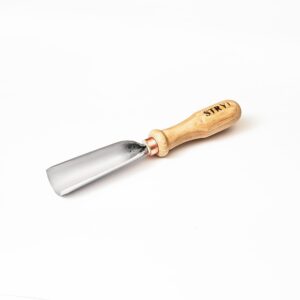
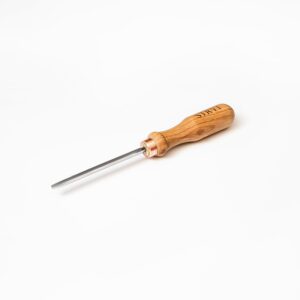
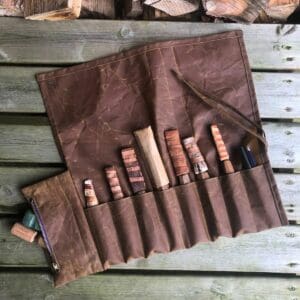
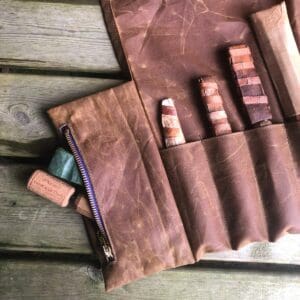
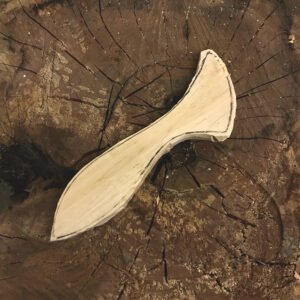


If you’re interested in selling your spoon blanks or spoon carving tools or just to share your spoon carving adventures via our blog feel free to apply.
|
|
Thank you for Signing Up |






Enter below the tracking number of your order to track it.

One Response
Thank you for this sheath instruction, Much appreciated.